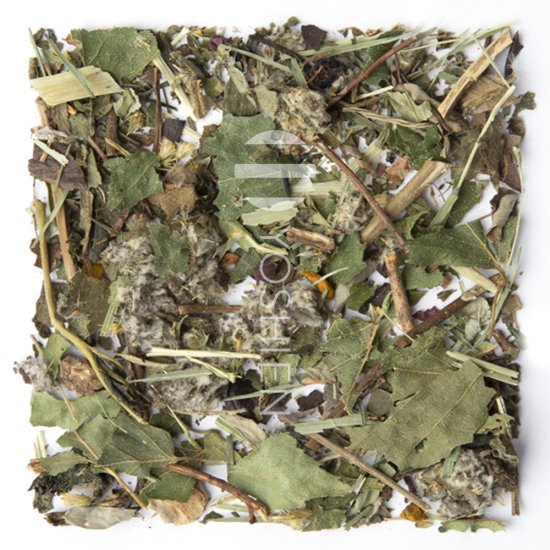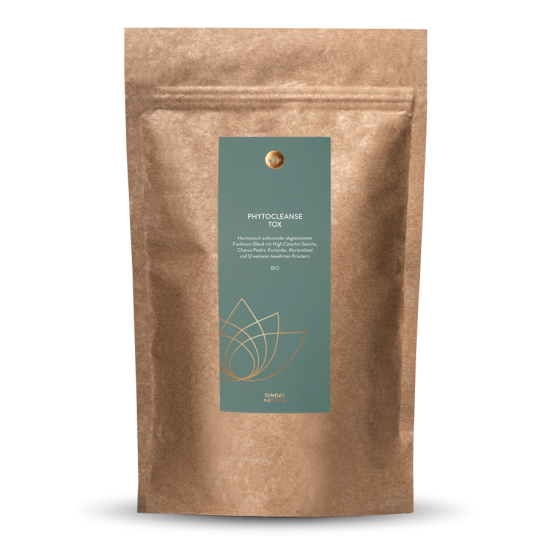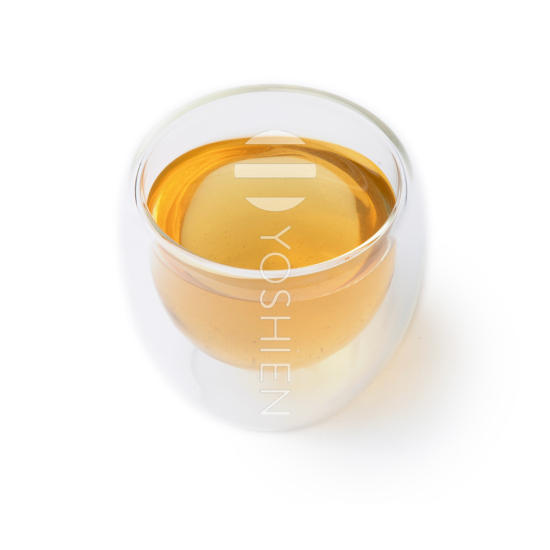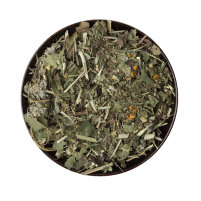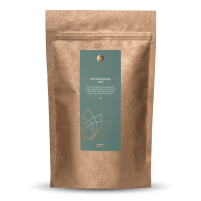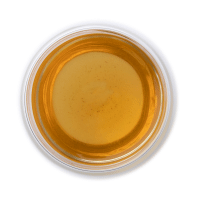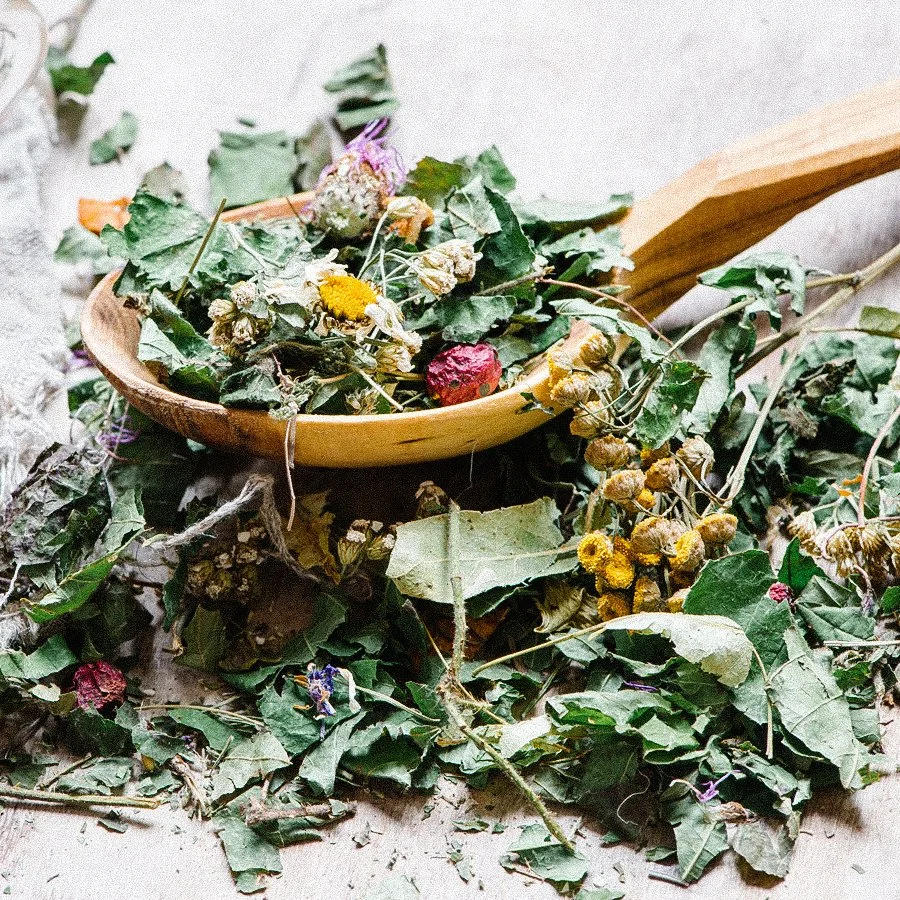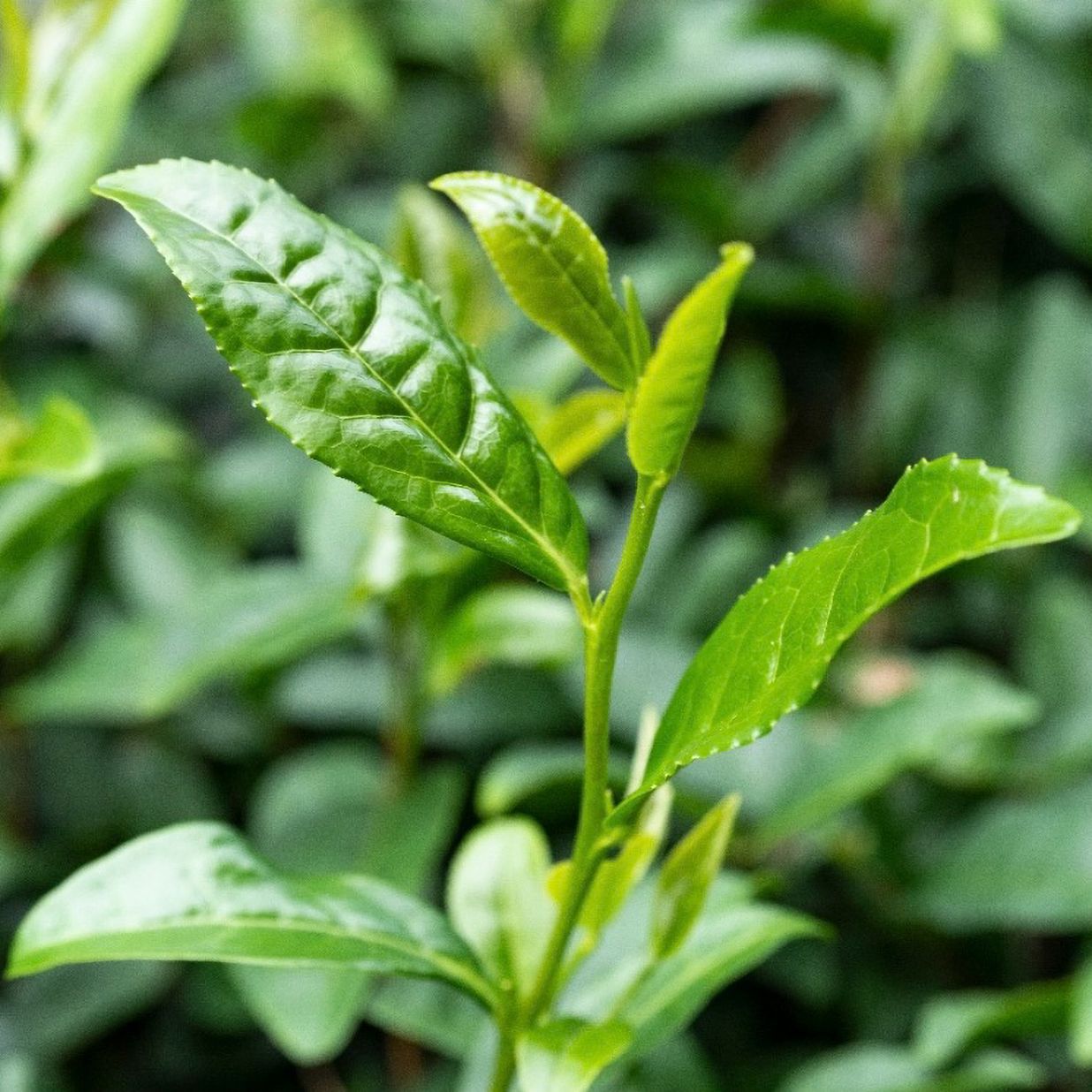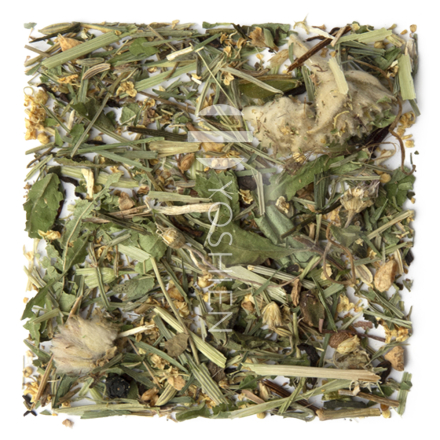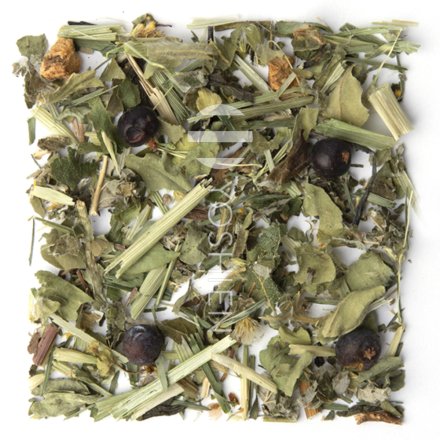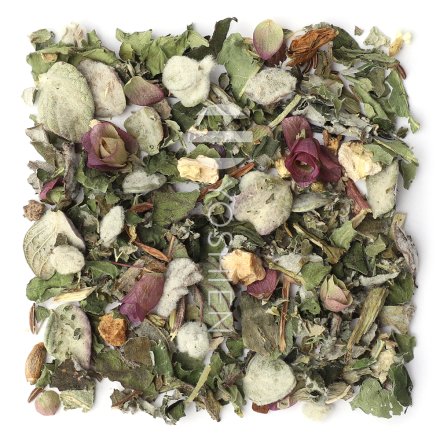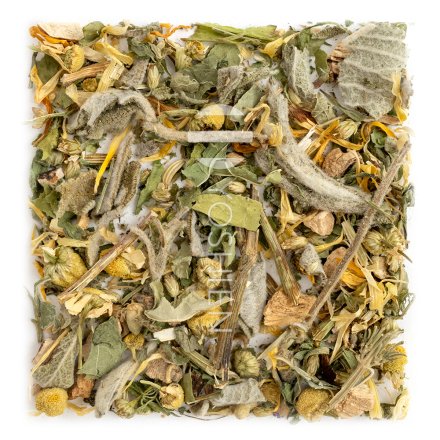Camellia sinensis (Tea)
Tea, derived from the Camellia sinensis plant, is traditionally grown as a shrub. The ample sunlight in tea cultivation regions enhances the concentration of valuable compounds within its evergreen leaves, making tea a popular beverage cherished the world over. Green tea, in particular, boasts abundant quantities of catechins, chlorophyll, amino acids, organic acids and vitamins.
Turmeric
Turmeric is believed to have originated in either India or Sri Lanka. In the 14th century, Marco Polo introduced this root to Europe. Growing up to 2m in height, its aromatic roots serve as vital survival organs.
Green Oat
Belonging to the Poaceae family, oat (Avena L.) is an annual grass which traces its origins back to the Middle East. Similar to numerous other cereal crops, it has been domesticated. Green oats come from premature oat plants, harvested before reaching full bloom. At this stage, oat is alkaline and contains an abundance of phytonutrients.
Birch Leaf
The silver birch tree (Betula pendula), a member of the birch family (Betulaceae), is one of approximately 40 birch species found across Central Europe, Asia and America. The silver birch, the most prevalent variety in Europe, has distinctive black and white bark and holds a rich heritage in traditional practices, as both its leaves and bark have been long employed for both internal and external applications.
Goldenrod
Goldenrod (Solidaginis virgaureae) is an agricultural crop which has been recognised for its various uses for centuries. The introduction of goldenrod to Europe took place in the 17th century, and since then, it has thrived as an invasive neophyte in the sparse forests and dry woodland meadows of Europe and North America. This medicinal plant, which announces the end of summer with its vibrant yellow flowers, can also be used as a natural dye.
Walnut Leaf
In herbalism, the walnut tree (Juglandaceae) is valued not only for its nuts but also for its leaves, which can be used in herbal infusions. The walnut's introduction to Europe began with the Romans, who first brought it to the southern and central regions. Later, in a bid to increase nut production, Charlemagne extended its cultivation north of the Alps around 800 AD. Presently, the walnut finds its distribution in Central Europe limited to altitudes of approximately 1200m NN, encompassing the Swiss Alps, South Tyrol and Greece.
Coriander
Coriander (Coriandrum sativum), an annual plant originating in the Mediterranean, no longer grows in the wild. It belongs to the same botanical family as caraway, anise and fennel, sharing a similar range of applications. Its presence in herbalism dates back a remarkable 8000 years, acknowledged by ancient civilizations such as the Romans and Egyptians, and documented within Indian Ayurveda and Chinese teachings. Reaching heights of up to 80cm, coriander blossoms during the months of June and July.
Ground Ivy
Ground ivy (Glechoma hederacea L.), also known as creeping Charlie, grows across the ground, around trees and along fences and homes, with shoots extending up to one metre in length. It can be found across Europe, North and West Asia as far as Japan and has also been successfully introduced to the American continent. The Celts were drawn to its use in brewing beer, as it offers an exceptional source of bitterness, among other qualities. From sea level to mountainous regions, its presence can be an indicator for the surrounding nature's good health.
Bilberry
The European blueberry plant (Vaccinium myrtillus), or common bilberry, primarily thrives in the temperate and northern regions of Eurasia. In addition to low-lying plains, the common bilberry also grows in mountainous areas, where it can be found at altitudes reaching up to 2840m. As its berries are considered a superfood, boasting one of the highest nutrient densities among all known berries, this remarkable plant is firmly established in herbalism.
Milk Thistle
In the Middle Ages, milk thistle (Silybum marianum L.) spread as far as the Canary Islands, the Azores and eastwards to southern Russia and Iran. Nowadays, this 1.5m tall plant can be found growing wild across the entire Mediterranean region, thriving particularly in dry climates. Between its distinctive marbled leaves, the violet, spherical flowers emerge from July to August, giving way to seeds and fruits which continue to develop until September. According to a legend, which also contributes to its name, it is believed that Mary's breast milk fell upon the leaves while nursing baby Jesus.
Chanca Piedra
Chanca piedra (Phyllanthus niruri), also known as gale of the wind, is a plant native to predominantly warm regions. It is very common in South America and has been cultivated for centuries as a traditional medicinal herb. Local inhabitants also commonly collect its wild leaves and stems throughout the year. To date, more than 500 distinct compounds have been isolated from the Phyllanthus genus.
Burdock Root
Greater burdock (Arctium lappa L.) belongs to the daisy family and is characterised by its reddish-purple flowers adorned with spiky bracts, while its roots take on a long, spindle-shaped form. Native to Europe, North America, and northern Asia, this plant predominantly thrives along roadsides. It held a significant role in ancient Greek herbalism and found its place in the herb gardens of historical figures like Hildegard von Bingen and the priest Kneipp.
Artichoke
Artichokes (bot. Cynara) are not only a simple culinary delight; they also boast a wealth of phytonutrients. The artichoke was initially documented by herbalists in Persian records roughly 1000 years ago, and for nearly a century, it has played a crucial role in Western herbalism as an essential remedy.
Dulse
Dulse (Palmaria palmata), a red alga, is found in a variety of regions in an even greater variety of shapes and colours. From the Faroe Islands and around Iceland to the Baltic and Portuguese coasts, its historical presence dates back to the 6th century. The oldest record of dulse is found in the writings of Columba of Iona, one of the 12 apostles of Ireland.



